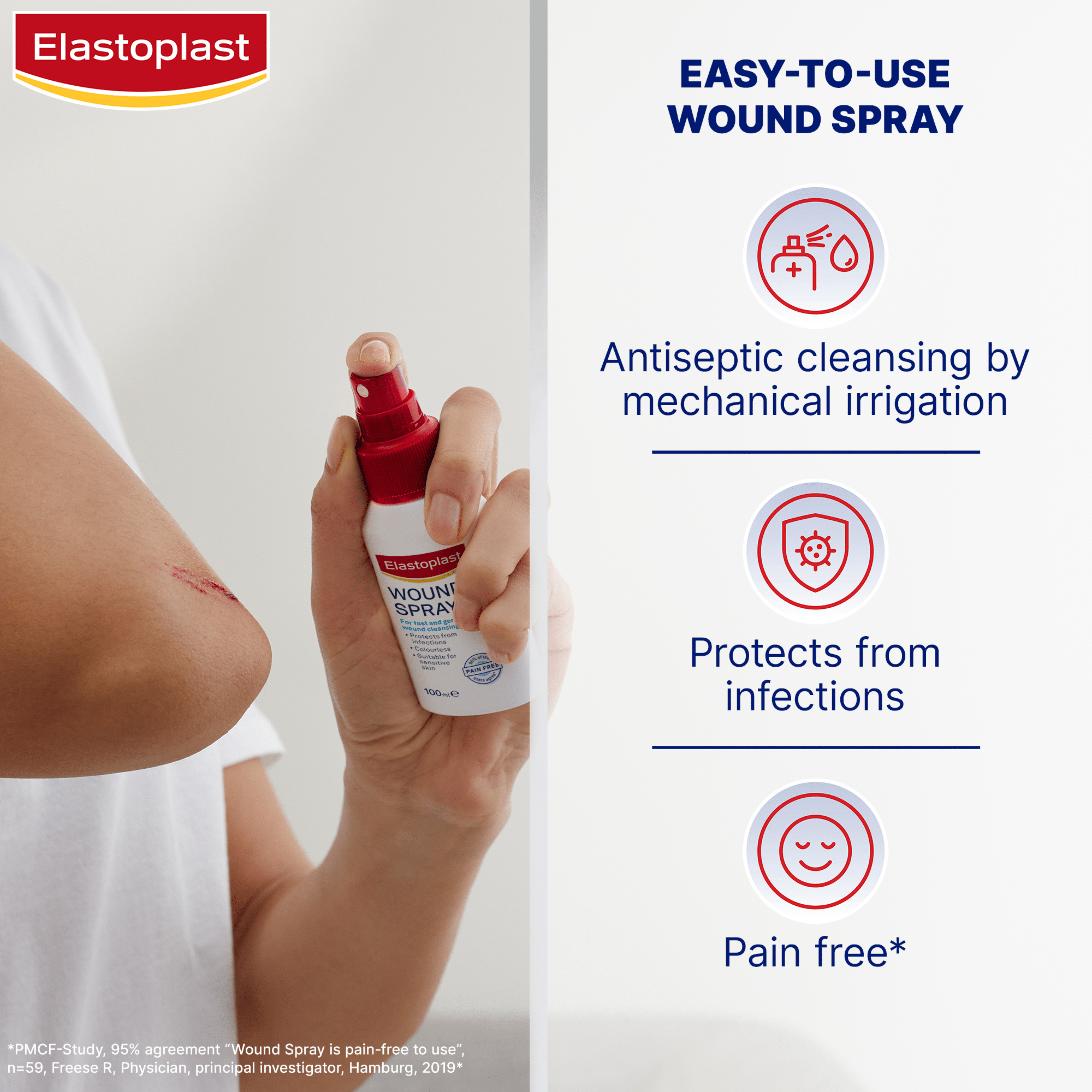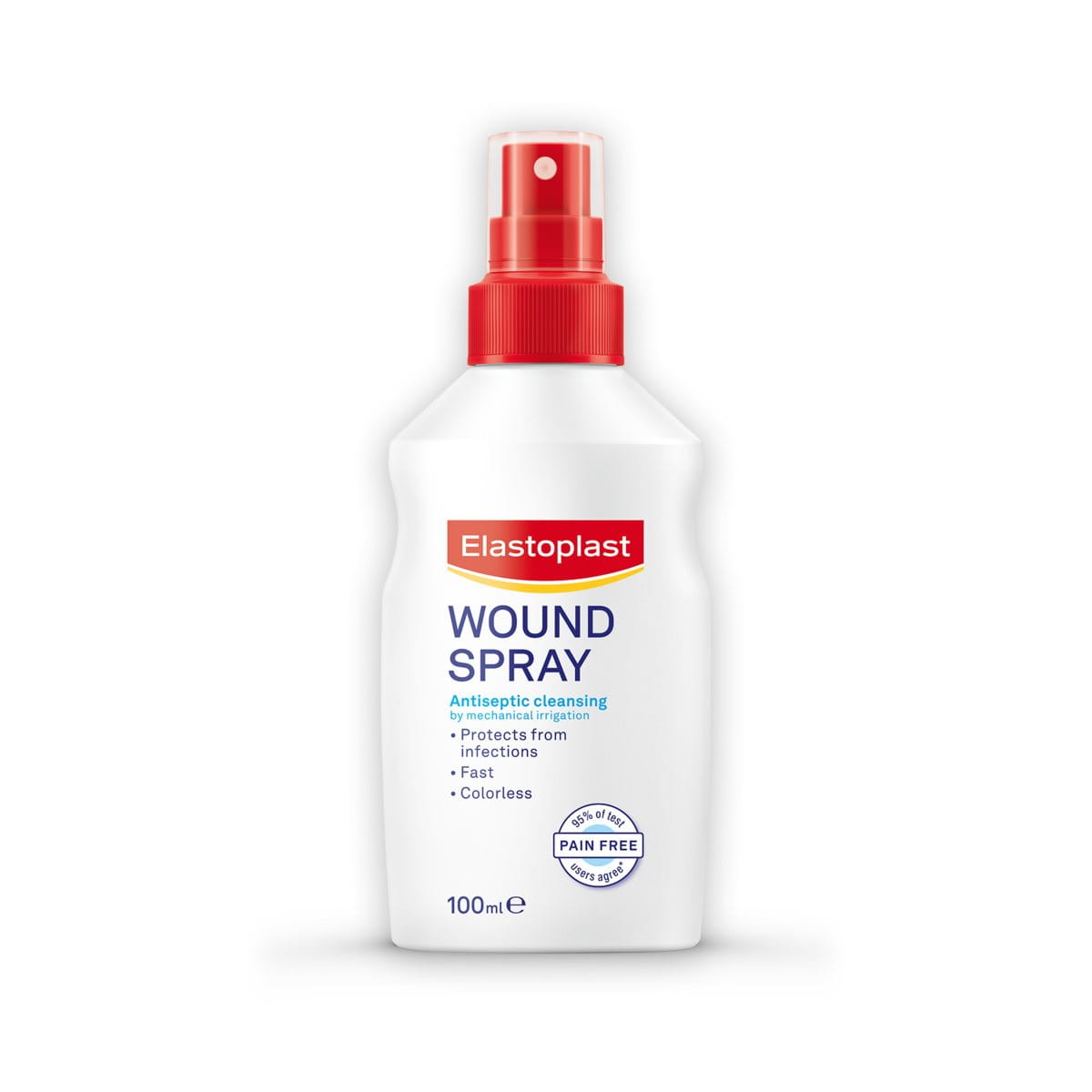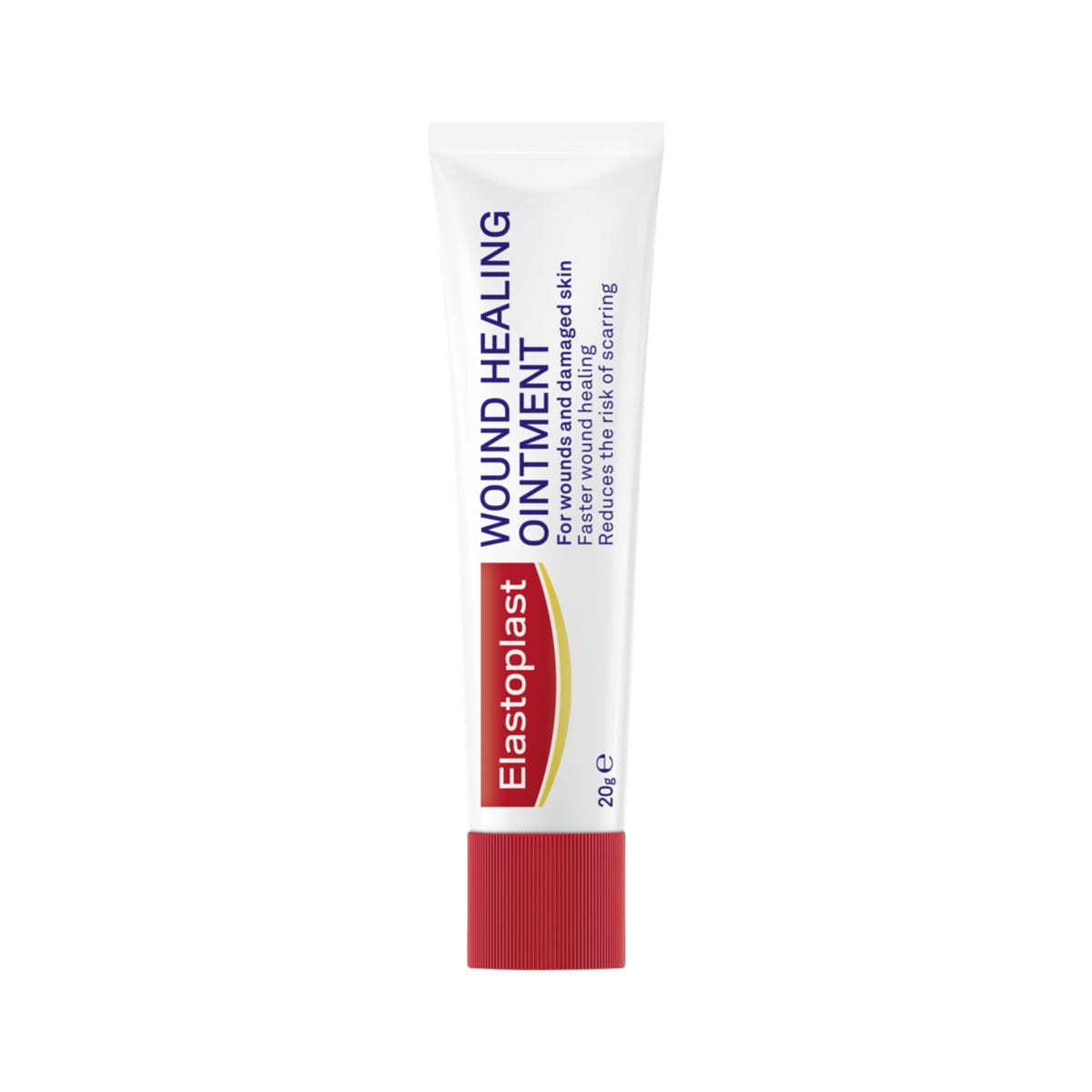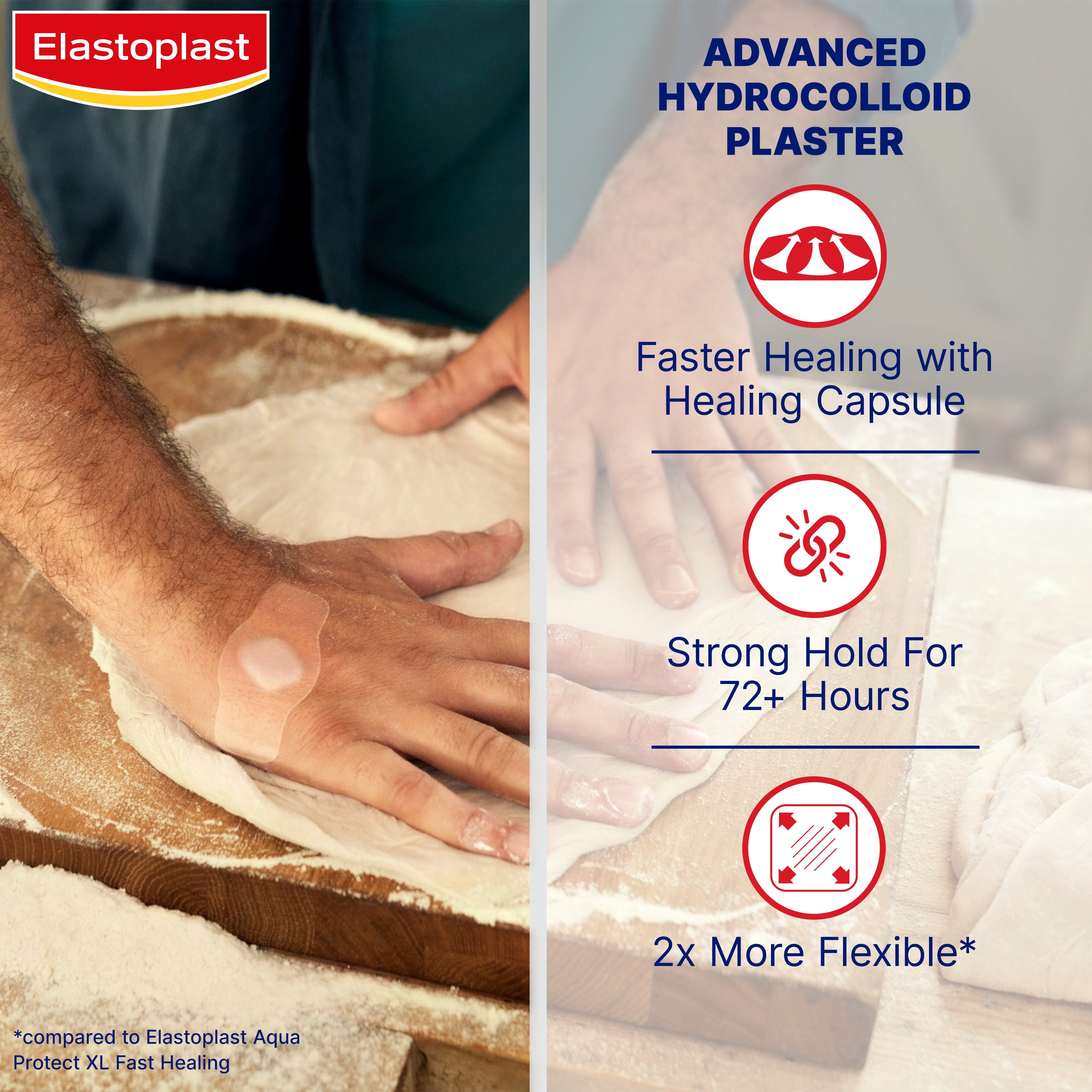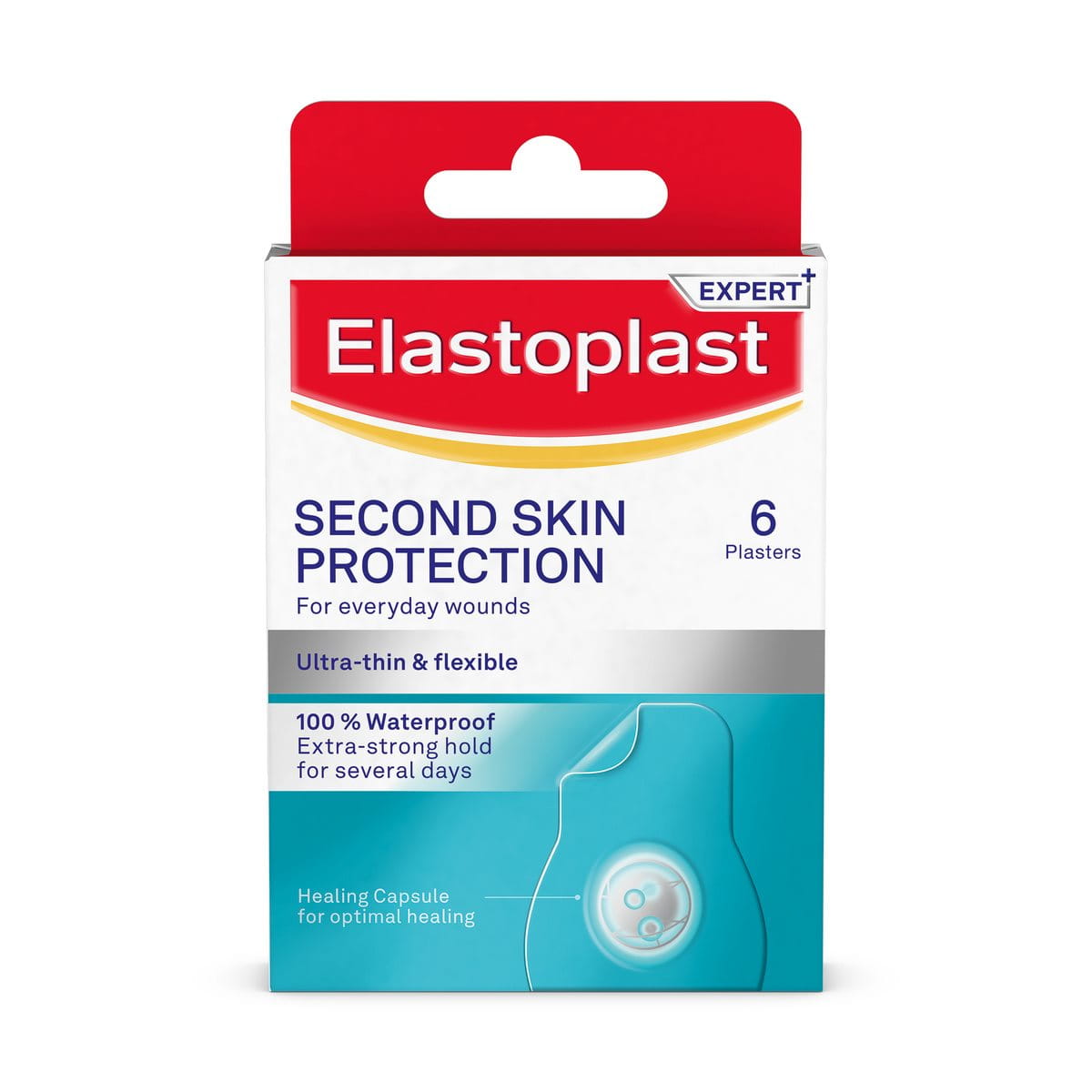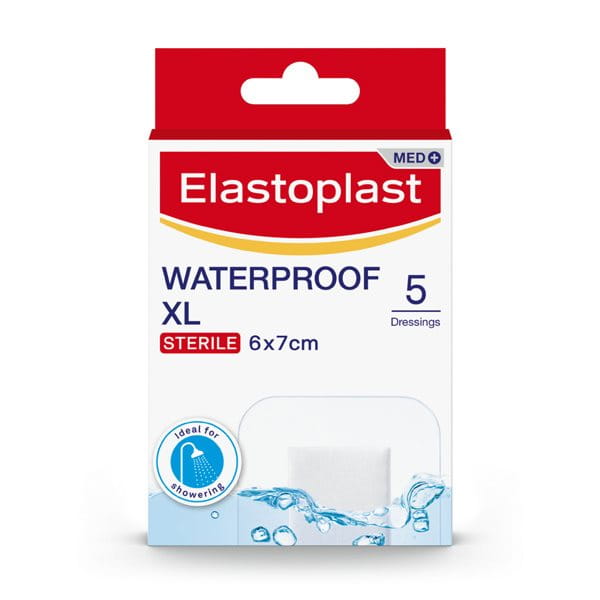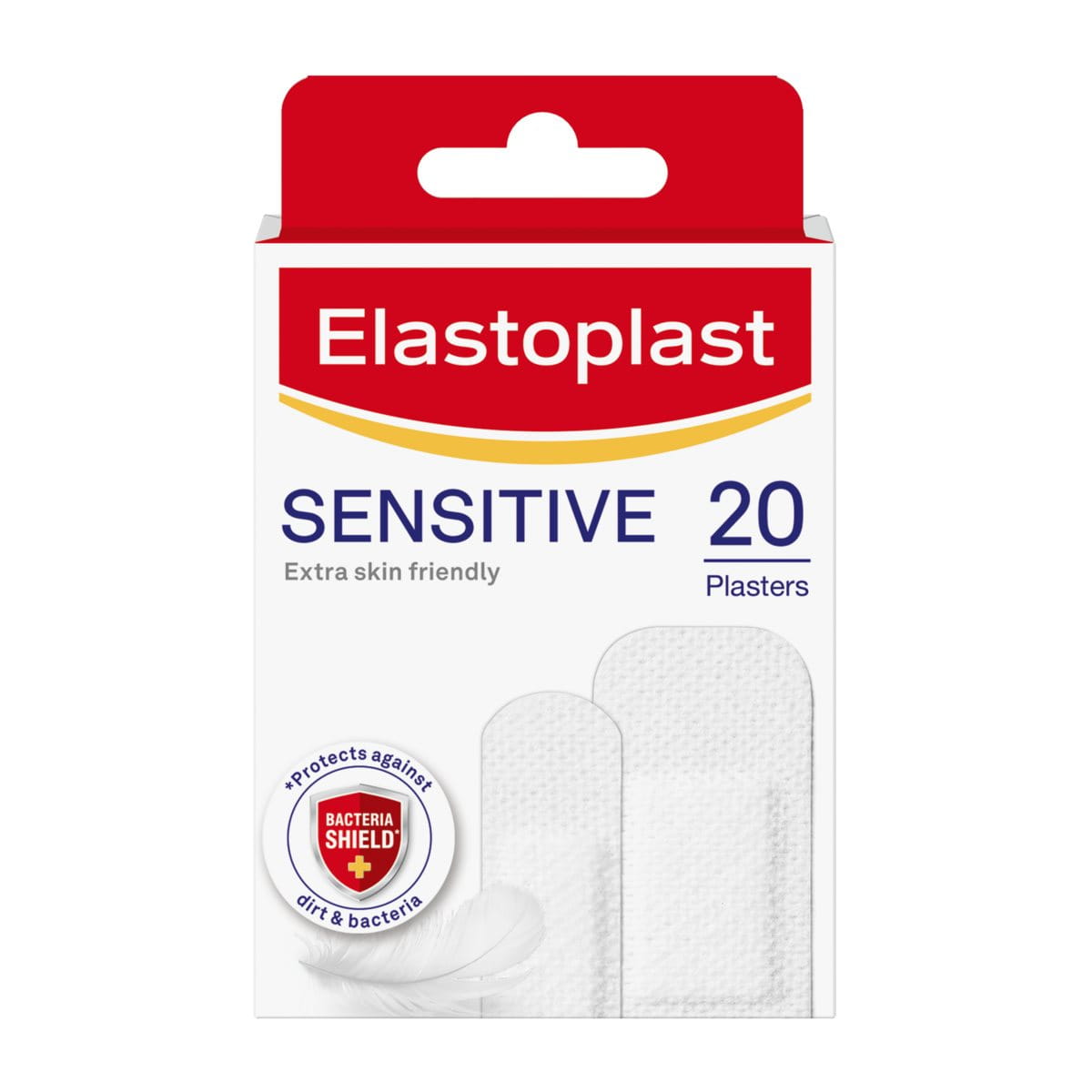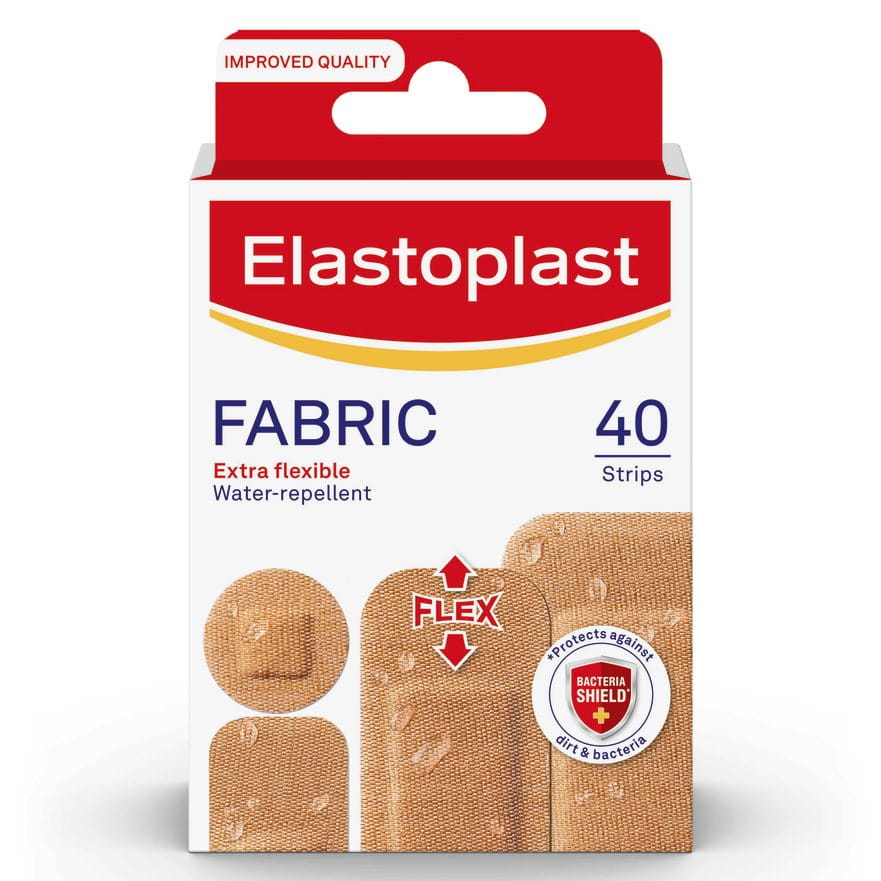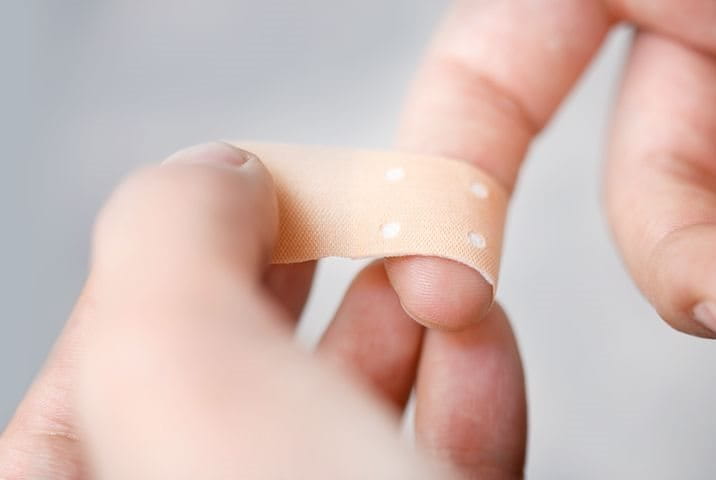Published: August 2020
Last Reviewed: March 2025
Proper wound cleansing is the first and most important step in preventing infection and supporting optimal healing. Whether it’s a minor cut, scrape, or graze, thorough cleansing helps remove dirt, bacteria, and debris, reducing the risk of complications like scarring and prolonged healing.
Before covering your wound with plaster, like Elastoplast Second Skin Protection Advanced Plasters, it’s essential to clean and disinfect it properly using Elastoplast Wound Spray. In this article, you will learn how to clean a wound effectively and use Elastoplast products to promote optimal healing and protection.



